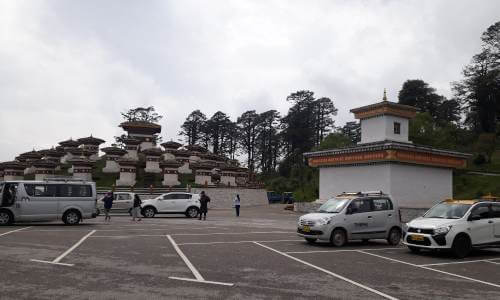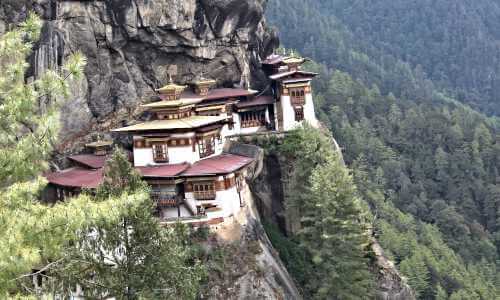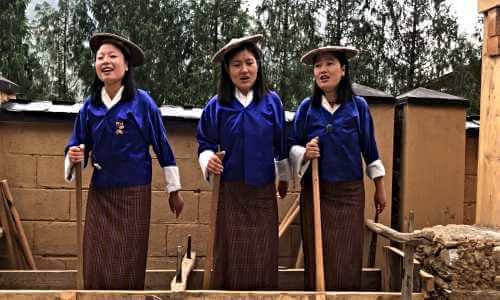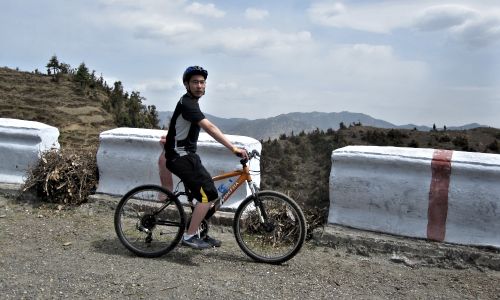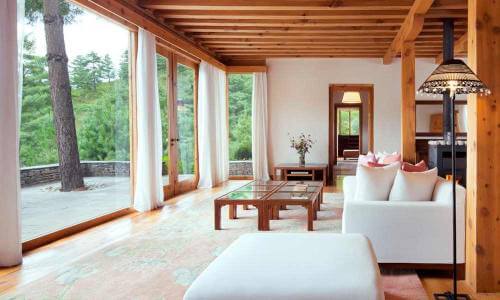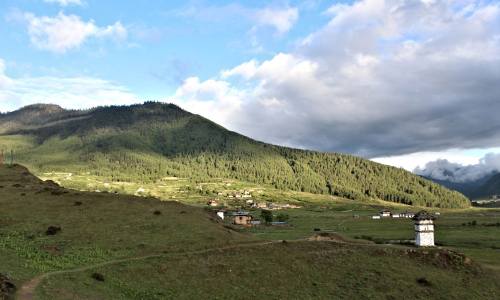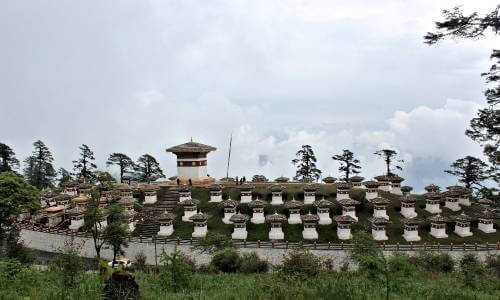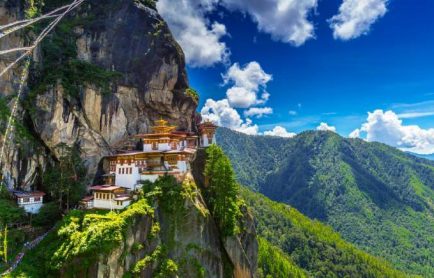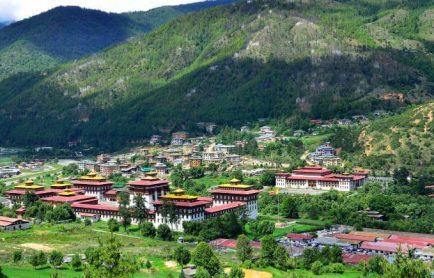Folk Heritage Museum
Folk Heritage Museum is a great place for those who want to learn about the traditional lifestyle of the Bhutanese people. To visit this museum during your sightseeing tour of Bhutan, you will have to visit the capital city of Bhutan, Thimphu. Established in 2001, it offers an insight into the everyday life of the villagers as well as their culture. The museum itself is housed inside a three storied house built sometime in the 19th century.
The museum houses a rich collection of equipment, tools, household objects and artefacts from rural households, all of which offer a glimpse of the traditional Bhutanese lifestyle. Apart from showcasing these objects, the museum is also involved in organising regular demonstrations of rural traditions, skills, customs and habits of the local people. Educational programs for children are also held in the museum.
It is said about almost every place that one visits, but the Folk Heritage Museum really has something special to offer with every visit. One visit it not enough to appreciate its beauty and the unique experience it has to offer. Inside, there is a wonderful recreation of the rural landscape, right from the traditional household to wheat, paddy and millet fields. The authenticity of the rural landscape is further enhanced by the presence of a water mill which is more than 150 years old, traditional style kitchen with vegetables grown during the past 100 years and traditional hot stone baths.
Tourists visiting the Folk Heritage Museum are also introduced to various native trees and plants which are commonly used in a rural Bhutanese household. They are also shown demonstrations of the traditional method of extracting oil or Markhu Tsene, brewing ara or Ara Kayne, roasting rice or Zaw Ngowni and Tham Dhungi or pounding rice within the museum. It is rather fascinating when you think that you are introduced to so many aspects of the traditional Bhutanese royal lifestyle within the premises of the museum itself. An open air buffet lunch and dinner comprising largely of the traditional cuisine is also organised by the museum. Visitors have the option of selecting from a variety of traditional dishes.
